The exhibition that revealed Japanese photography to the world
In 1974, ‘New Japanese Photography’ at MoMA brought together 15 artists and launched Japanese photography on the international scene.
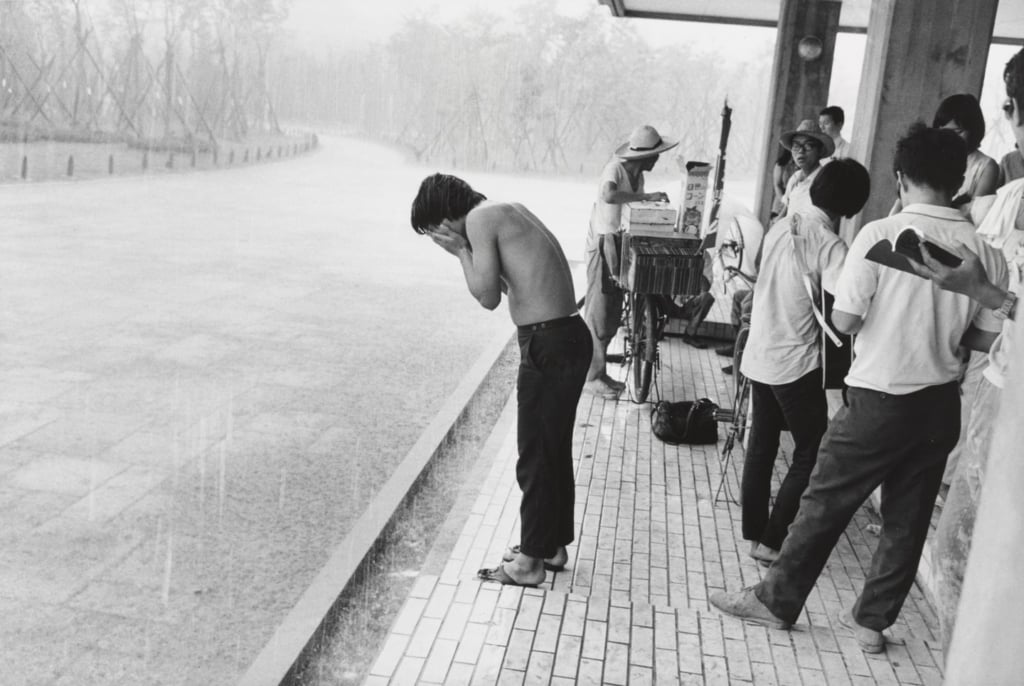
Ryoji Akiyama, ‘Young Man Washing His Face in the Rain at the ‘Anti-War Exposition’, Held Near the Proposed Site for Expo '70’, Osaka 1969 © MoMA
According to a press release for the exhibition New Japanese Photography, ‘Beginning in the 1950s, the most significant Japanese photography changed its direction radically.’ The exhibition, organised by curator John Szarkowski, Director of the MoMA Photography Department, and Japanese critic Shoji Yamagishi, was the ‘first attempt to present an extensive survey of the new character of this photography outside of Japan.’
The exhibition was composed of 200 photographs taken between 1950 and 1973 by 15 photographers, today recognised within the canon, across a wide range of themes and formats. Works included Ken Domon’s series on the Muro-ji Buddhist temple and pieces by Daido Moriyama, Tetsuya Ichimura, Ryoji Akiyama, and Shomei Tomatsu.
Photography substituting experience
‘The history of photography in Japan is different from that of other expressive arts in that it originated in the West and reached Japan only after its invention,’ explains Shoji Yamagishi in the exhibition text. ‘Japanese photography has borne fruit through 130 years of cross-fertilization and has now taken root in the soil of traditional Japanese culture. It was our concern in this exhibition to discover whether or not the fruit contains seeds of universality,’ adds the editor in chief of the Japanese revue Camera Mainichi.
While a number of the photographers in the exhibition were already internationally reputed, the idea behind the exhibition was to introduce the scene to a Western audience in order to highlight the unique character of the work coming out of Japan. ‘The quality most central to recent Japanese photography is its concern for the description of immediate experience: most of these pictures impress us not as a comment on experience, or as a reconstruction of it into something more stable and lasting, but as an apparent surrogate for experience itself, put down with a (surely) intentional lack of reflection,’ adds Szarkowski.
Other artists featured in the exhibition include: Yasuhiro Ishimoto (1921–2012), Shomei Tomatsu (1930–2012), Kikuji Kawada (1933–), Masatoshi Naito (1938–), Hiromi Tsuchida (1939–), Masahisa Fukase (1934–2012), Ikko Narahara (1931–2020), Eikoh Hosoe (1933–), Ken Ohara (1942–), Shigeru Tamura (1947–), and Bishin Jumonji (1947–).
In 2008, Heavy Light: Recent Photography and Video from Japan at the International Photography Center—ICP—New York, platformed the work of a new generation of Japanese artists including Hiroh Kikai, Yukio Nakagawa, and Asako Narahashi.
New Japanese Photography (1974), by John Szarkowski, is available as an edited book on the website of the Museum of Modern Art.
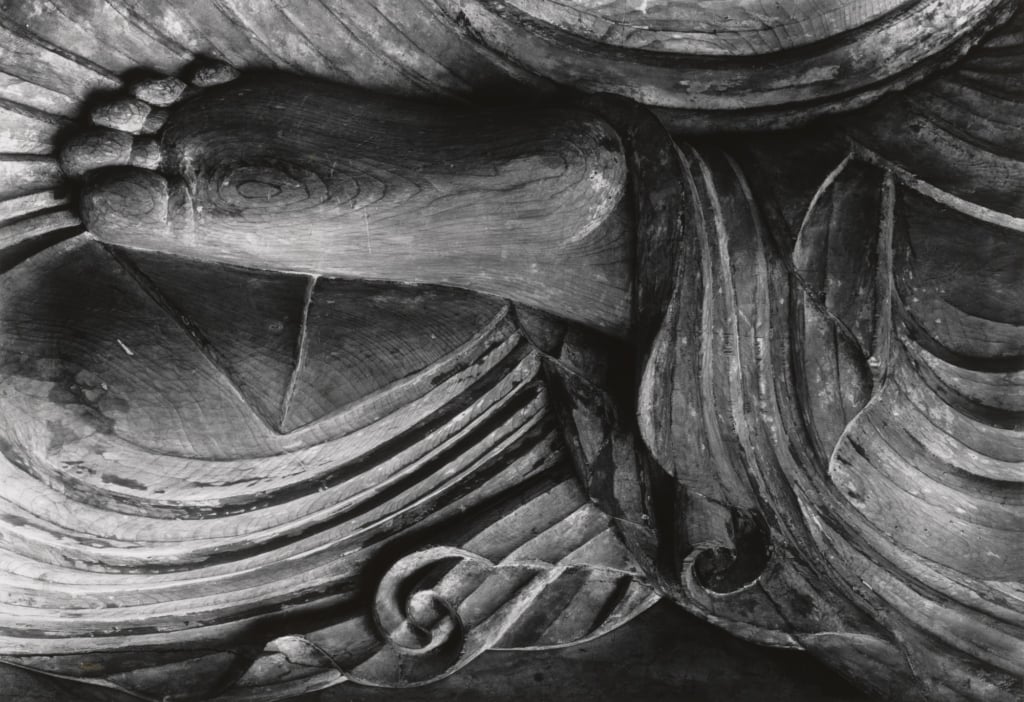
Ken Domon, ‘Detail of the Sitting Image of Buddha Shakyamuni in the Hall of Miroku, Muro-Ji, Nara’, 1942-43 © MoMA
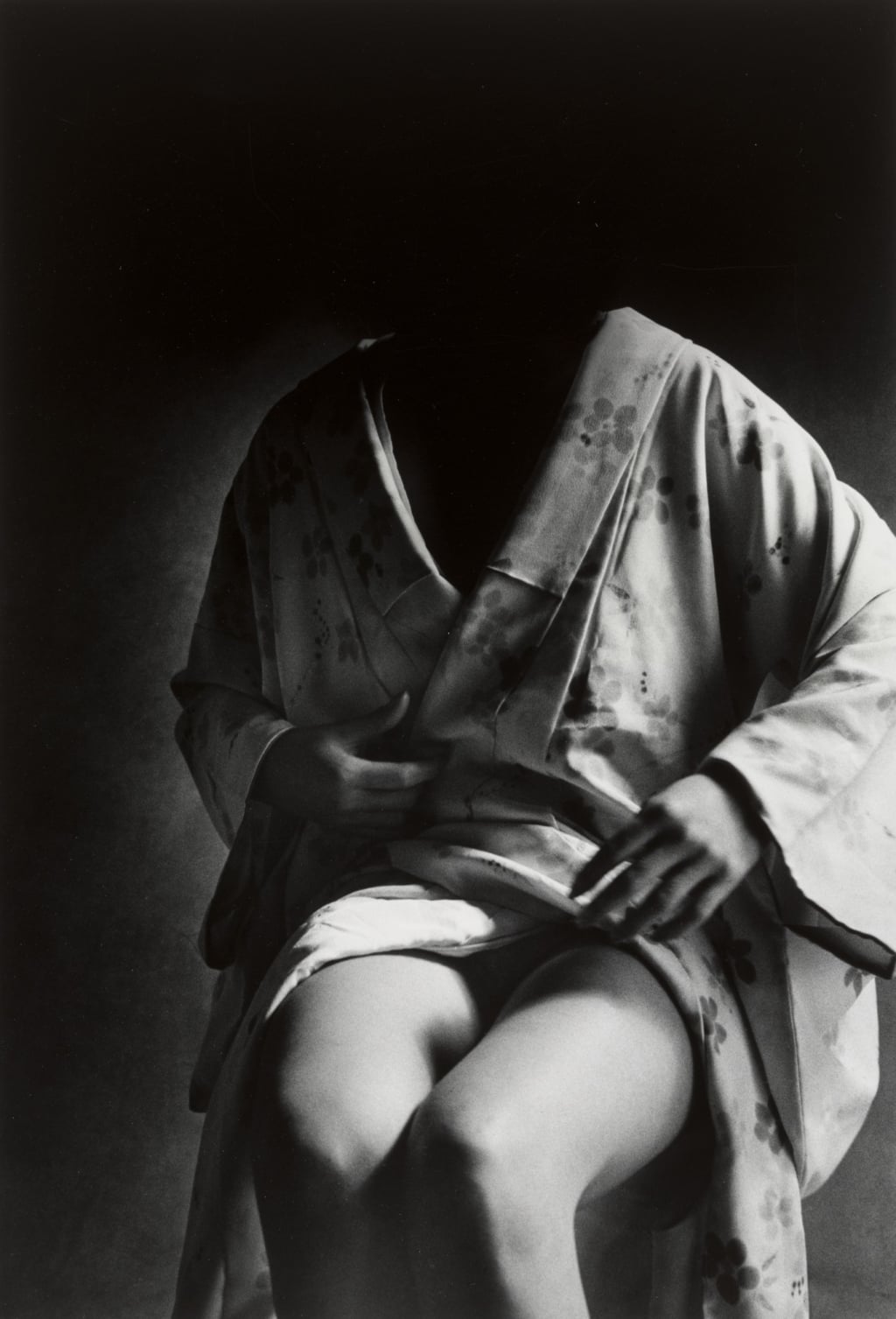
Tetsuya Ichimura, ‘Kimono, Shinjuku, Tokyo’, 1964 © MoMA
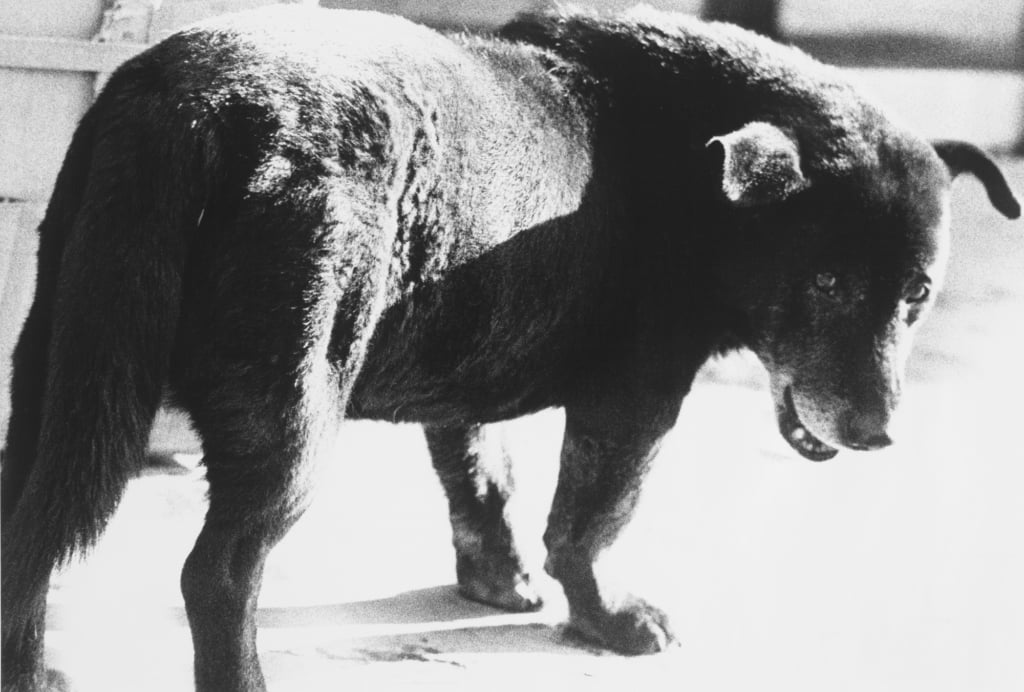
Daido Moriyama, ‘Stray Dog, Misawa’, 1971 © MoMA

Shomei Tomatsu, ‘Psychic Medium, Aomori’, 1959 © MoMA
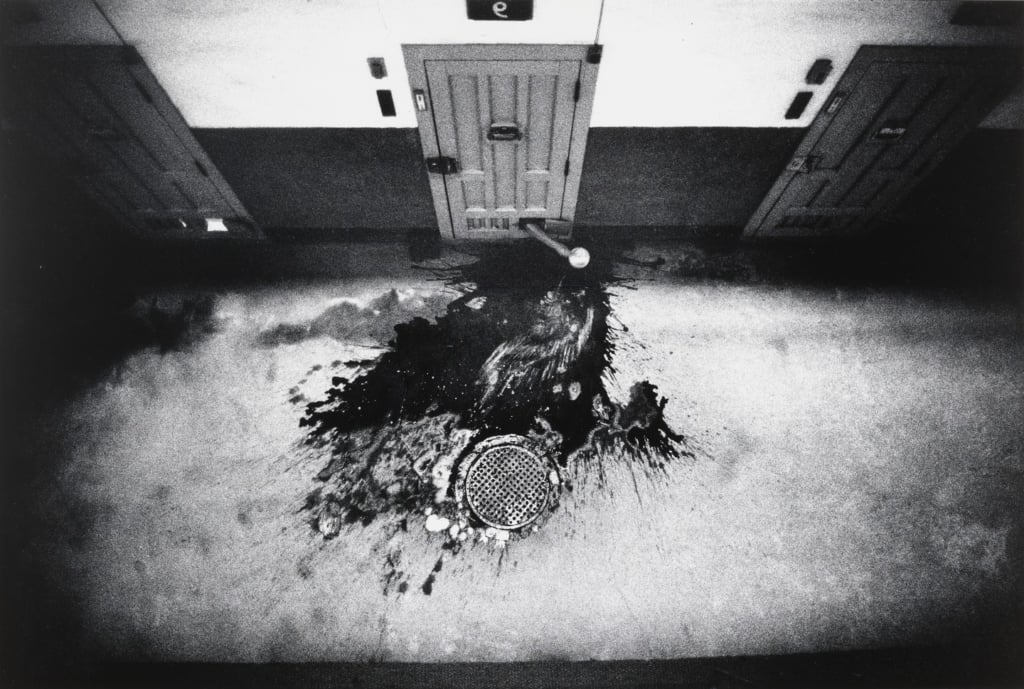
‘Ikko (Ikko Narahara) Room No. 9, Women's Prison, Wakayama’, 1958 © MoMA
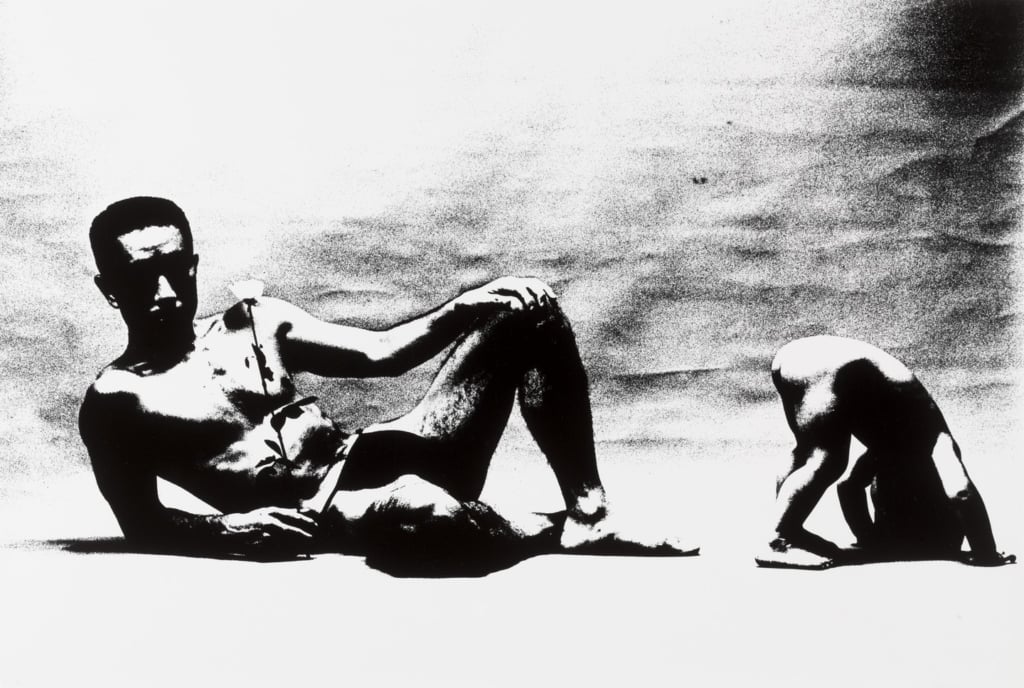
‘Eikoh Hosoe Ordeal by Roses #2’, 1962 © MoMA
TRENDING
-
The Tradition of the Black Eggs of Mount Hakone
In the volcanic valley of Owakudani, curious looking black eggs with beneficial properties are cooked in the sulphurous waters.

-
The Tattoos that Marked the Criminals of the Edo Period
Traditional tattoos were strong signifiers; murderers had head tattoos, while theft might result in an arm tattoo.

-
Gashadokuro, the Legend of the Starving Skeleton
This mythical creature, with a thirst for blood and revenge, has been a fearsome presence in Japanese popular culture for centuries.

-
A Rare Japanese Garden Hidden Within Honen-in Temple in Kyoto
Visible only twice a year, ‘Empty River’, designed by landscape architect Marc Peter Keane, evokes the carbon cycle.

-
‘YUGEN’ at Art Fair Tokyo: Illumination through Obscurity
In this exhibition curated by Tara Londi, eight international artists gave their rendition of the fundamental Japanese aesthetic concept.





